
Workers pick the tea at Yigong tea plantation, in Yigong, Nyingchi in Southwest China's Tibet autonomous region, on July 29, 2021. (Photo by Zhao Shiyue/chinadaily.com.cn)
The per capita disposable income of rural residents in the Tibet autonomous region continued to see double-digit growth over the past decade, with its growth rate ranking first in the country for seven consecutive years, regional authorities said at a news conference in the regional capital Lhasa recently.
In 2021, the region's per capita disposable income of rural residents exceeded 16,900 yuan ($2,300), which is 2.97 times that of 2012, according to the regional department of agriculture and rural affairs.
Last year, the region's GDP exceeded 200 billion yuan, according to the regional development and reform commission, and per capita GDP exceeded 56,800 yuan, realizing an average annual growth of 7.6 percent over the decade, 1.5 percentage points higher than the national average.
Since the 18th National Congress of the Communist Party of China in 2012, rural residents in Tibet have been witnessing rapid income growth and significant improvements in living standards. In particular, the region's production capacity of agricultural and animal husbandry is reaching historical highs, and the development of agricultural and pastoral areas has been significantly enhanced, Du Jie, head of the department, said at the news conference.
Since 2012, the region has poured 16.8 billion yuan into infrastructure construction of various industries, and 10 agricultural and animal husbandry product bases have been established, including for highland barley, yaks and Tibetan sheep, Du said.
As of June, the region had more than 160 leading enterprises of agricultural and animal husbandry industrialization, and more than 12,700 rural cooperatives, with increases of 63 percent and 12 times compared with 2012, he said.
Over the past decade, the regional agricultural and animal husbandry industries have seen high-quality development, and nearly 238,000 poor rural residents were lifted out of poverty thanks to the contribution of industries, he added.
The cooperative model is one of the region's key indicators of rural vitalization, agricultural development and rural modernization.
Rongtse village, for example, in the region's Nang county has rich fertile pastureland. The village came up with the idea of a yak herding cooperative in 2017, and now more than 80 households with more than 300 villagers have been benefiting from the business.
The village has more than 700 yaks in the cooperative, profiting the village more than 420,000 yuan last year, village official Tsering Gyatso told China Daily.
The cooperative also provides a few herding jobs for villagers, with each herder gaining an annual income of 65,000 yuan, he said.
Villagers mainly rely on herding, collecting medicinal herbs and doing part-time jobs for income, with per capita disposable income of rural residents in this village exceeding 18,000 yuan last year, he added.
"Most villagers enjoy improved livelihoods thanks to the changes in infrastructure in recent years. The village and each household can now access paved roads, and most families now own cars."








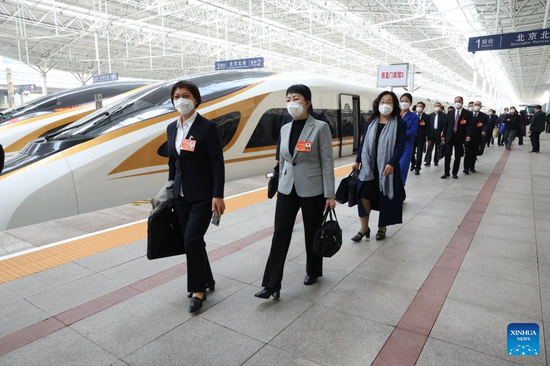

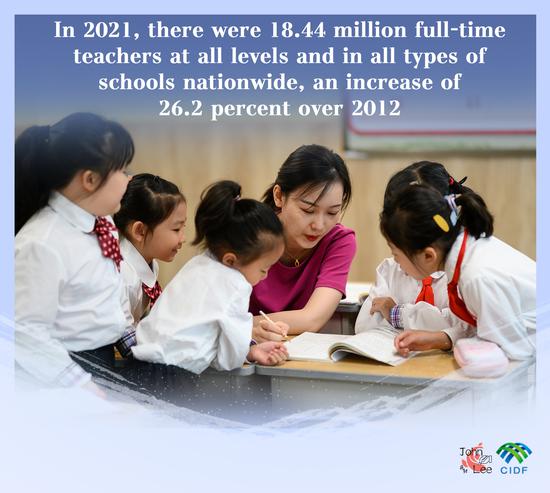
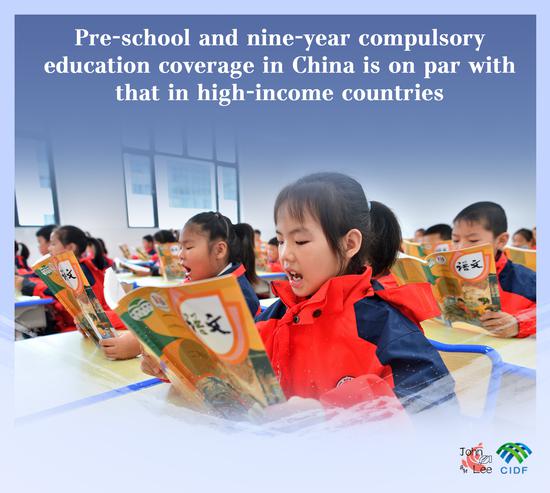




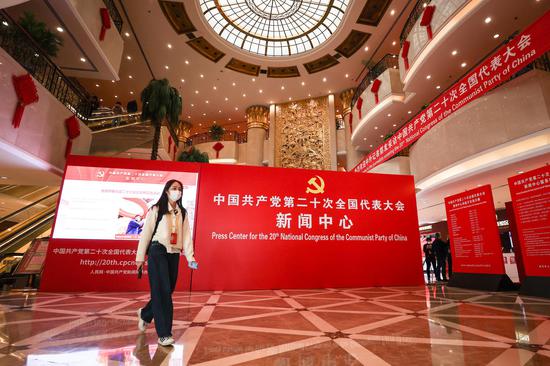




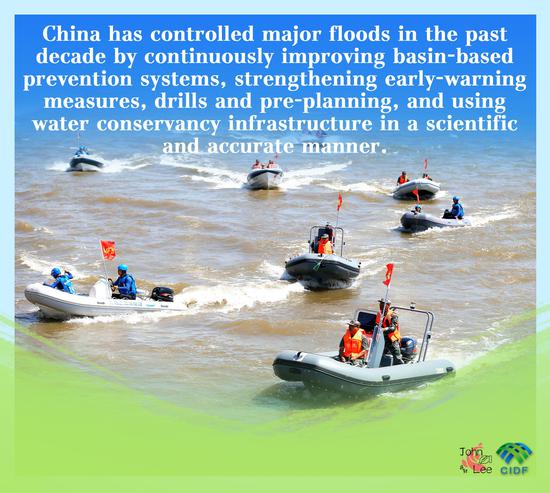
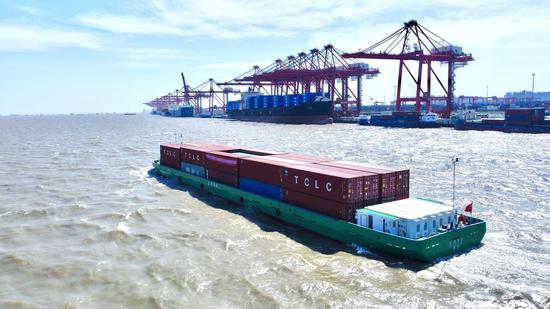



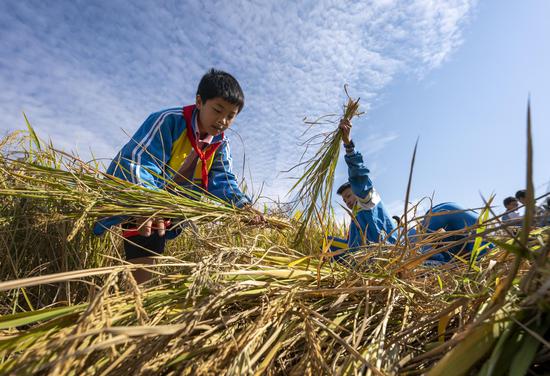


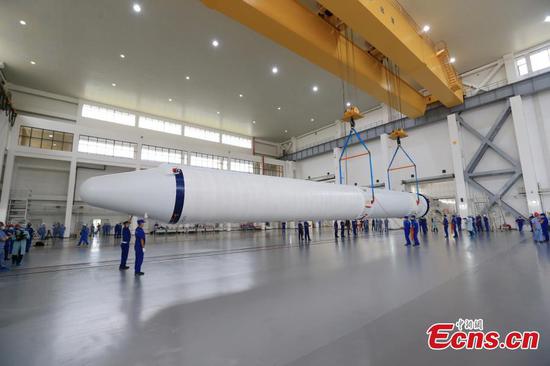
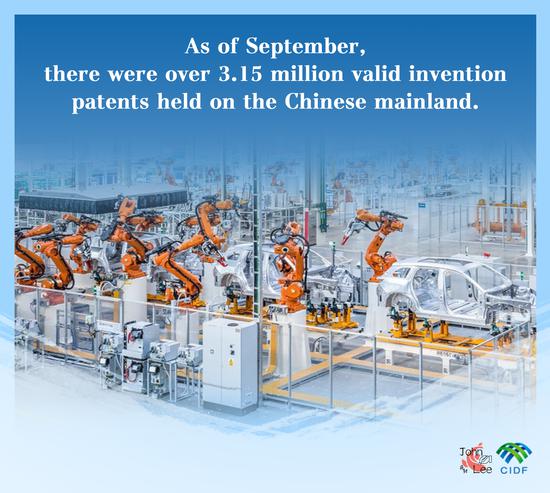


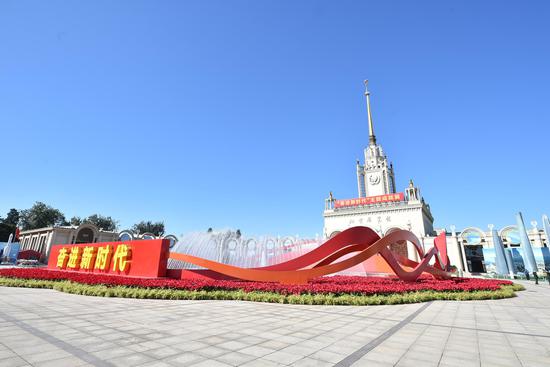
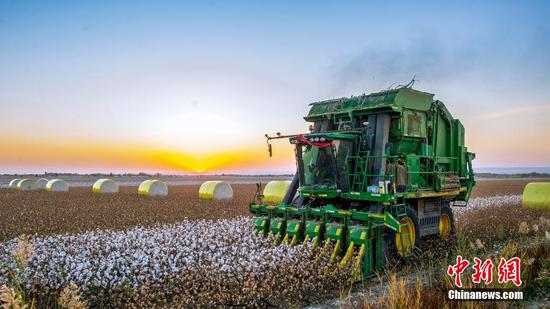

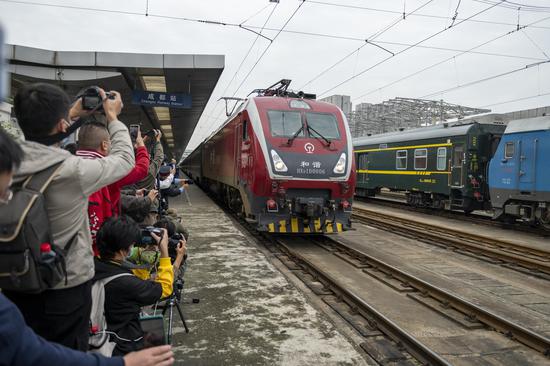



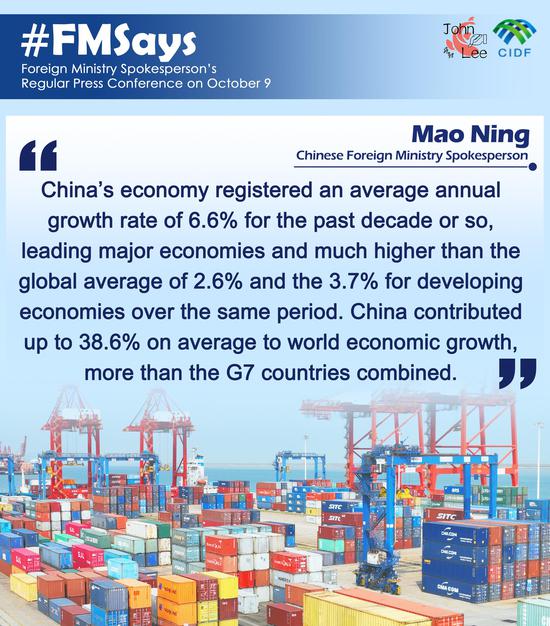

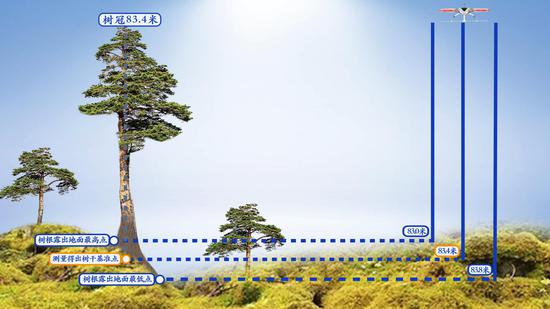



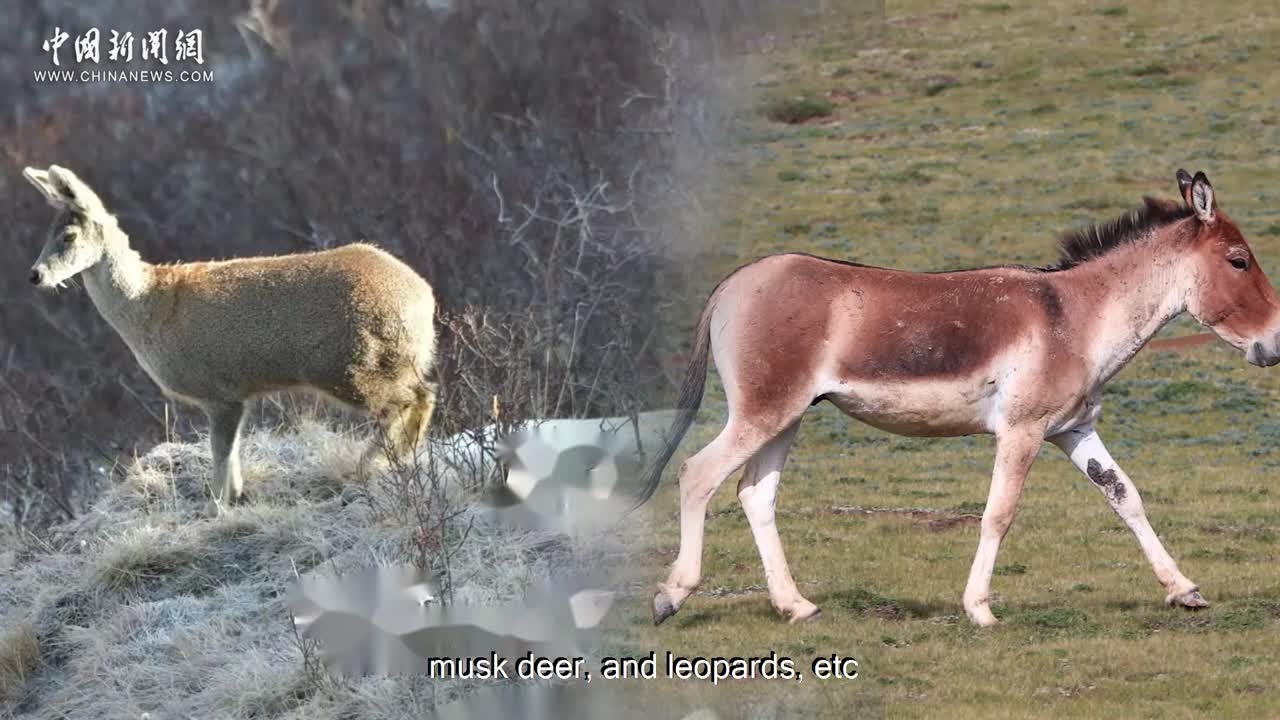

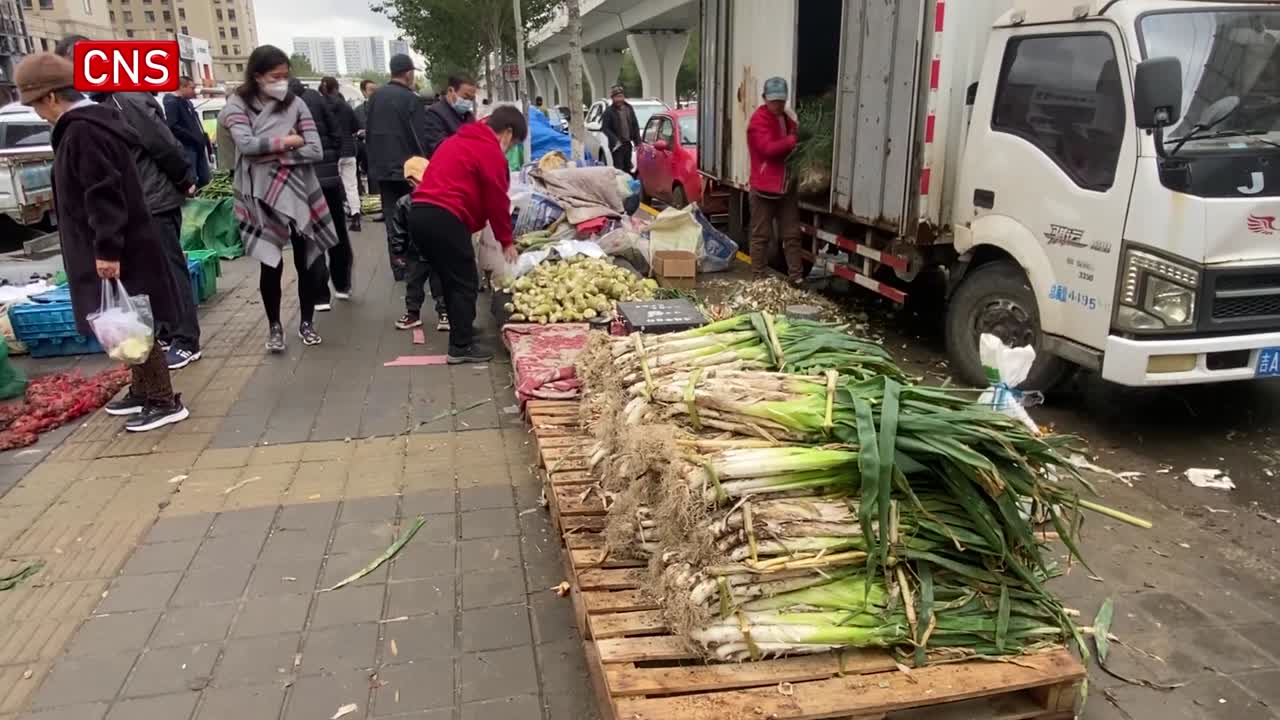

 京公网安备 11010202009201号
京公网安备 11010202009201号